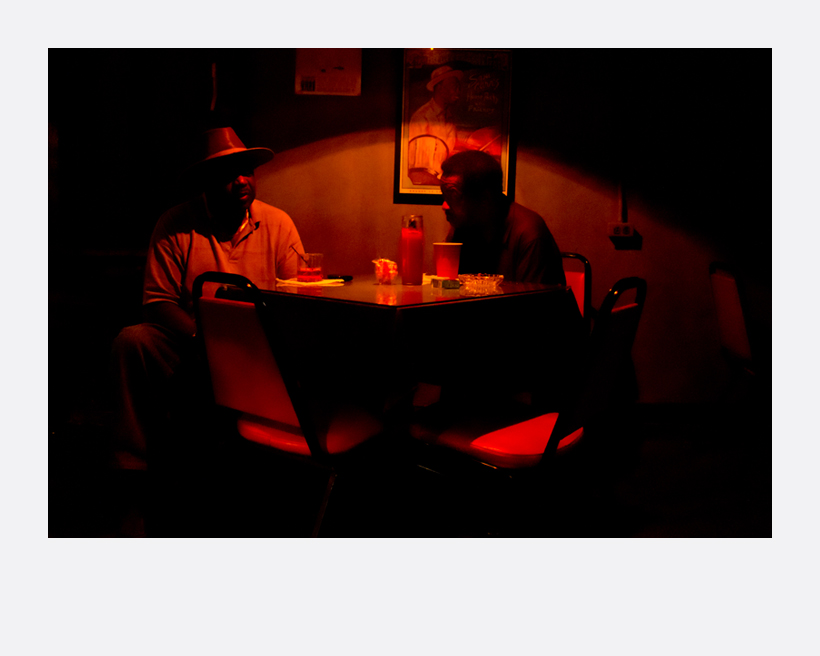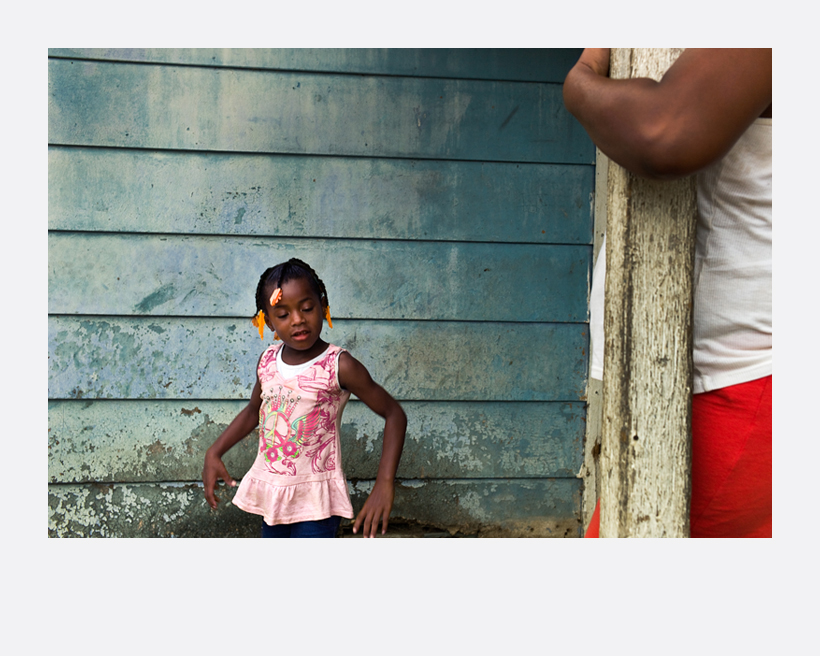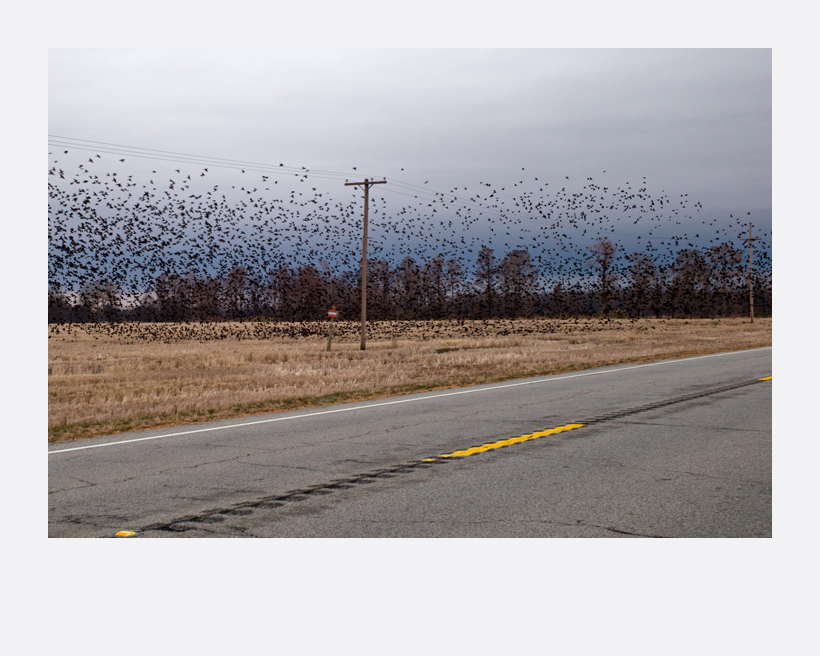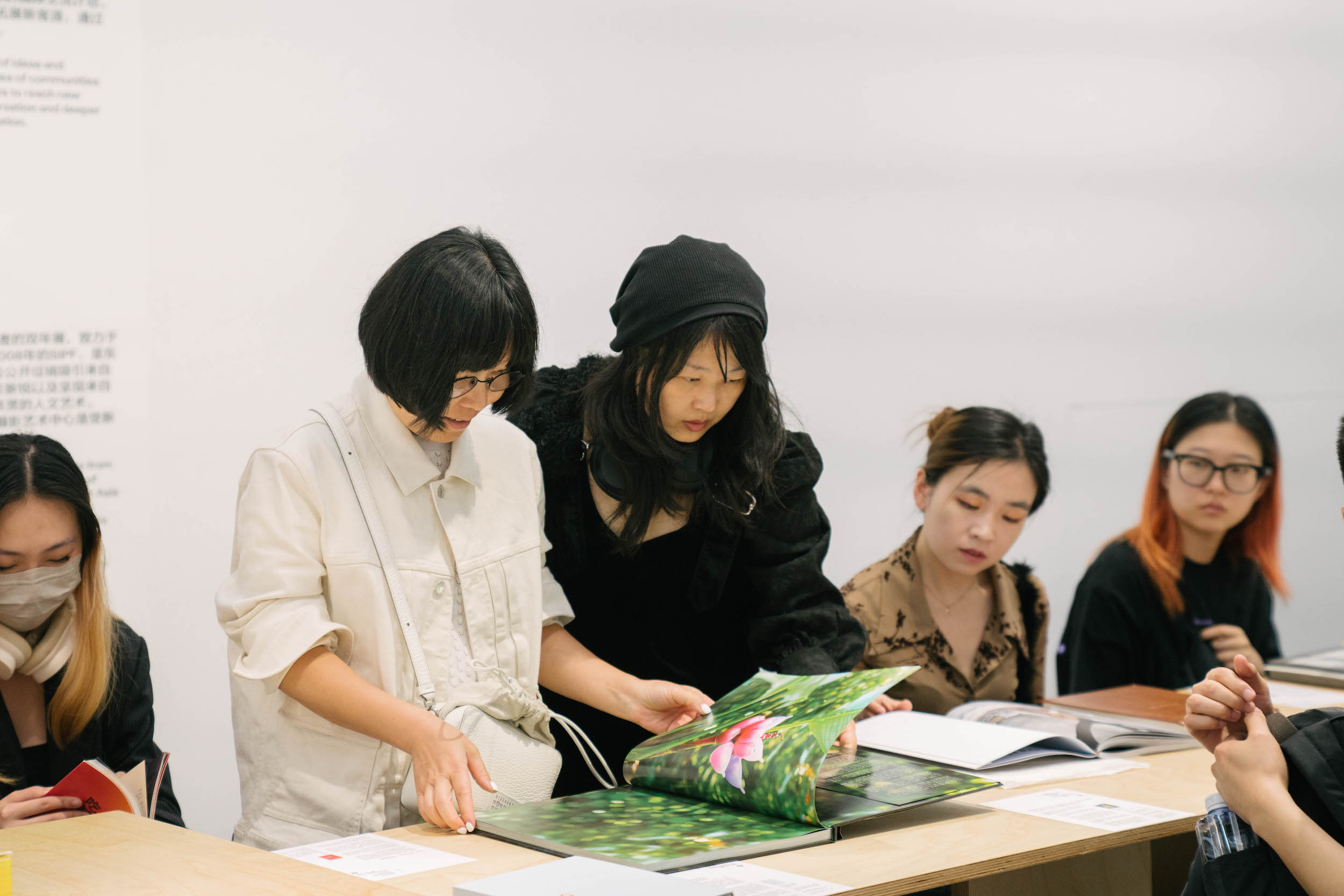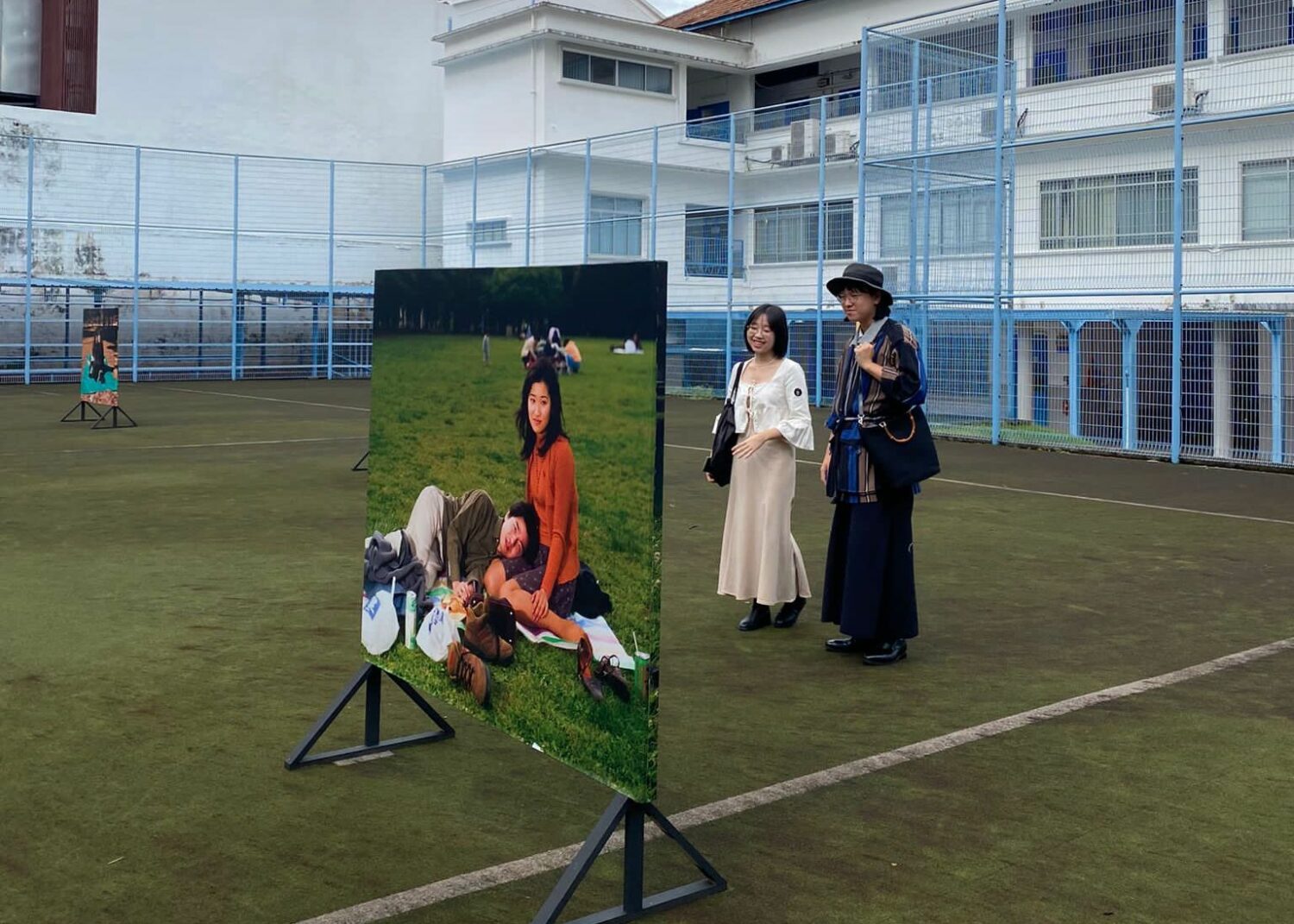EVEN NOW, AS YOU STAND AT THE EDGE OF ONE THOSE vast, brown fields, you feel like you could walk and walk, walk into your own old age, and meet your Maker out there, somewhere, kicking up dust. Some people who come here even say they have tumbled back in time, but I do not think that is true. They have merely slipped sideways into a place they do not recognise, and may never understand.
Some places look made-up, look imagined. The art deco landscape of South Beach looks like it was dreamed up by the writers of a comic book; the skyline of Atlanta seems stenciled by bankers. Las Vegas was set ablaze by electricians; Richmond is ridden by dead soldiers on marble horses. This place is not like that. The Delta, while I am sure there are dreams here that have yet to die hard, was made, constructed, not imagined. It was hacked out of a vast, dark, primeval forest, and transformed by pain and blood and muscle, in an age of human bondage. Men felled the trees and burned the stumps and turned this wide, flat place into a landscape of forever fields, of cotton rows that stretched farther than a strong man could pick in a day.
It is not, despite appearances, the end of nowhere. The empty fields are its destination. The weeds let you know where one crop ends and another begins. While other manmade places were covered in people and concrete, here it was the dirt that mattered, and there was just so much of it, between porch lights, and schools, and hospitals. There still is. In the open land between the towns and the wide places in the road, dark drops like a lid on a box, and that very isolation has shaped life here, held it, and marked it deeply and sometimes horribly. Its loneliness would be a stage for some of the most chilling moments in the struggle for civil rights. Its rivers would give up their dead; its nowhere roads hold secrets still. It would be called the most Southern place on earth.
Here, the poverty hits you between the eyes like a hurled chunk of loose asphalt. It is one of the poorest places in the United States, where deep pockets of wealth are surrounded by third-world houses, tilting mobile homes, and one of the saddest infant mortality rates in the industrialized world. Today, vast corporate farms and rippling catfish ponds line the lost highways, dotted here and there with towns with names like Belzoni, Alligator, Indianola, Clarksdale, and Leland.
There is a sadness here that some people can hardly bear, but it is also a place where people live, where you can get the best tamale, where clean white sheets snap like pistol shots on the clothesline, propane tanks shine on the horizon like spaceships, and a man with mud on his boots is not sneered at but admired, because mud means money, squeezed from the catfish ponds and farms.
Here, myth and magic and legend swirl into the real world, and it can be hard to tell where one stops and the other begins. A million blackbirds form a shrieking curtain beside a lost highway, a shifting wall of black feathers and sharp beaks and glittering eyes. And here, a shirtless old man, his body covered in jailhouse tattoos that warn of hell on this earth, gently holds a baby in his bony arms, as if trying to convince himself and anyone who will listen that even in the smoking ruin of one life, there is something good and fine, and reason to hope.
I first visited the Delta in 2009, and, in a sense, I have never left. Or more precisely, the Delta has never left me. Such is the magical spell cast by the place and the people who live in this slender stretch of fertile flat land in northwestern Mississippi. It is a place where lives are shaped by a close attachment to the land, by the unhurried rhythms of the season. Perhaps nowhere else in America do such extremes in ways of life and emotional history exist so intimately.
About the Artist
Magdalena Solé is an award-winning social documentary photographer. Whether richly saturated or time-worn, Magdalena uses color to encapsulate a range of feelings. She is known for her sensitive expressions of culture through distinctive color artistry. Visual language has been her life’s work.
In 1989 she founded TransImage, a graphic design studio with offices in New York City and San Francisco. In 2002 she graduated with a Masters of Fine Art in Film from Columbia University. Her last film, “Man On Wire”, on which she was the Unit Production Manager, won an Academy Award in 2009.
Her projects span the globe. Her work in Japan includes: Kamagasaki — a photo documentary on the shunned elderly day laborers of Japan, and Since that Day, an exploration of the aftermath of the 2011 Great East Japan Earthquake. Currently she is working on a book on Cuba: Hasta Siempre, a photographic journey of a country on the brink of change.
Her photographs of the Mississippi Delta have been published by the University Press of Mississippi in the book New Delta Rising, released in February, 2012. It has won the Silver Award in 2011 at PX3 Prix de la Photographie, France. The Wall Street Journal in February 2012 called her images: “lushly colorful, formally striking, restless, and electrifying.”
Exhibits from 2016-2012 include: Cuba. Hasta Siempre, the Vermont Center for Photography, Brattleboro, VT. Since That Day, Itochu Aoyama Art Square, Tokyo, Japan; Cuba Then and Now, Sous Les Étoiles Gallery, New York, NY; After The Water Receded, Soho Photo Gallery, New York, NY; Mississippi Delta, Griffin Museum of Photography, Winchester, MA; Barcelona International Photography Awards Exhibition, BIPA, Spain; Behind the Lens: Women Photographers on the South and Appalachia, Tipton Street Gallery, Johnson City, TN; Next — New Photography Visions curated by Elizabeth Avedon, Castell Photography Gallery, Asheville, NC; A retrospective, Leica Gallery in Soho, New York, NY; The Delta, Cassidy Bayou Art Gallery, Sumner, MS; The Mississippi Delta, Leica Gallery, New York, NY; Voices from Japan, IDEA Gallery at Colorado College, Colorado Springs, CO; The Mississippi Delta, South East Museum of Photography, Daytona Beach, FL; The Delta Sous Les Étoiles Gallery, New York, NY; The Delta, WilJax Gallery in Cleveland, MS; Dante and the Delta, Doma Gallery in Charlotte, NC; Voices from Japan, Cathedral Church of Saint John the Divine, New York, NY; After the Water Receded, Sidney Mishkin Gallery, New York, NY.



